How to use the tube: A guide to the London Underground
The London Underground, commonly known as the tube, is the quickest and most efficient way of travelling around London. There are twelve lines in total, making up a network that you can travel on all over the city; from east to west, north to south.
So, how to use the London Underground? Like this…
Oyster
When travelling by tube, it is best to avoid paying for each ticket individually as this can end up being quite costly. Instead, the cheapest and most cost-effective way of travelling on the tube is to get an Oyster card. An Oyster card is a smartcard that you scan in and out for all journeys, and which ultimately saves you money as well as having the additional benefit of also being valid on the bus and overland rail network within London.
After buying a card, you can choose to either purchase a weekly or monthly pass, which will be loaded on to the card, or you can just pay as you go. If you choose to use the pay-as-you-go option, you load money on to the card then touch the card to a machine at the beginning and end of each journey. A certain amount of money will be deducted from the card for each trip; this value depends on the length of journey and where you’re travelling, but it’s always cheaper than the equivalent cash fare. And you’ll never end up paying more in one day than it costs to get a one-day travelcard.
One benefit of the pay-as-you-go Oyster card for visitors to London is that the money you load on to the card stays valid for use even if you don’t use it for months or even years. This makes it ideal for users who don’t stay in London on a regular basis, and who don’t want to pay over-the-odds for the tube when they are enjoying a short break in the capital city.
Destination
One of the most important things to do when you are travelling on the London underground is to check the destination on the front of the train, as not all trains go to the end of the line. In addition, several lines, including the District and Northern Lines, split into two, with trains going on to different destinations. The information boards on the stations should tell you where the trains are going but it is always worth double-checking.
If you aren’t a regular visitor to London, it is also worth checking an overland map to see the location of your destinations before getting on the tube. For example, Leicester Square and Piccadilly are a very short walk from one another but each has its own tube stop. You don’t want to go the expense of getting on a tube when you could have walked the distance in half the time, so be aware that it may sometimes be easier and cheaper to walk.
Similarly there are some changeovers between stations that are quick and others that require a long walk — if possible try to find out which is which before you travel. For example, try to avoid walking from Mansion House to Bank as this is an extremely long changeover. By contrast, the changeover between the Victoria Line and the Northern Line at Stockwell is just across the platform.
Timing
London Underground trains run from 5am to midnight Monday to Saturday, with a reduced service on Sundays. As with most public transport systems, there is a rush hour in the morning as people travel into the city to work, and another in the evening when workers return home. The tube system gets extremely busy at rush hour, so you may want to avoid travelling during this period, unless you enjoy the hustle and bustle of the experience. It is worth noting that should you decide to brave rush hour, you might not only struggle to get a seat, you might have to wait for several trains to pass before you can get on to a train at all.
The tube system, particularly in the central part of London, does tend to remain busy during most of the day. Like many major cities in built-up areas, it is a good idea to keep firm hold of your valuables as pickpockets are known to operate on the tube system, particularly in areas popular with tourists and during busy periods.
When heading to or from the train, there is usually an escalator available for use. If you do use the escalators, always stand on the right hand side so to allow people in a rush to pass on your left. Some stations, such as Covent Garden, also have lifts to carry passengers.
Food and rubbish
It is forbidden to smoke or drink alcohol on the London Underground and these rules are strictly enforced. If you are looking for a snack or something to keep you going during your travels, you will find that many London Underground stations, particularly those in the central areas, have newsagents operating on the platform who sell drinks and snacks like crisps and chocolate bars.
When it comes to throwing your rubbish away however, be warned, as there are no rubbish bins on any London Underground station due to security issues. You will therefore have to keep hold of your litter and throw it away when you go above-ground again.
Delays
At many London underground stations nowadays, free newspapers are handed out in the morning and evening, which come in handy when the trains are delayed (this happens far too often for many travellers’ liking!) and when you’re waiting for your train to arrive.
In addition to the delays, you should be aware that much of the tube engineering work is carried out at the weekends. This maintenance work can result in sections of the line being closed down and replacement buses being in operation, which might make your journey considerably longer. If you’re planning to use the tube at the weekend, check out the Transport For London website for service updates so that you can plan ahead if work is scheduled.
In hot weather, temperatures can soar on the tube. It is therefore a good idea to take a bottle of water with you if travelling in this period. In winter, cold temperatures and snow can cause problems with the parts of the network that run above-ground, which can lead to delays or even cancellations in some parts.
Many of the stations do not have good facilities for wheelchair users and are also difficult for those travelling with a pushchair. Most tube maps indicate which stations offer disabled facilities and it is a good idea to check this before travelling if do you use a wheelchair.
Overall, using the London Underground has more pros than cons. Whilst it doesn’t always run as smoothly as it perhaps could, it is for the most part the fastest and most cost-effective way of getting from A to B when on holiday in London.

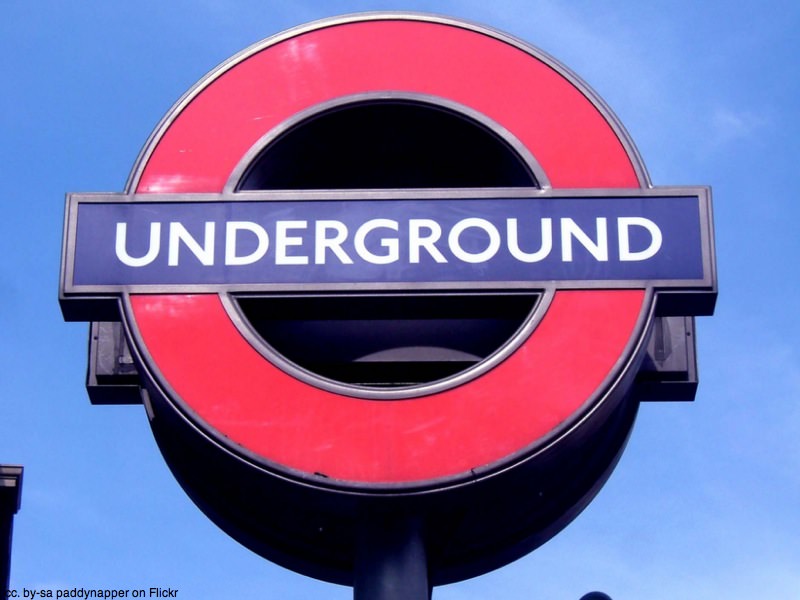
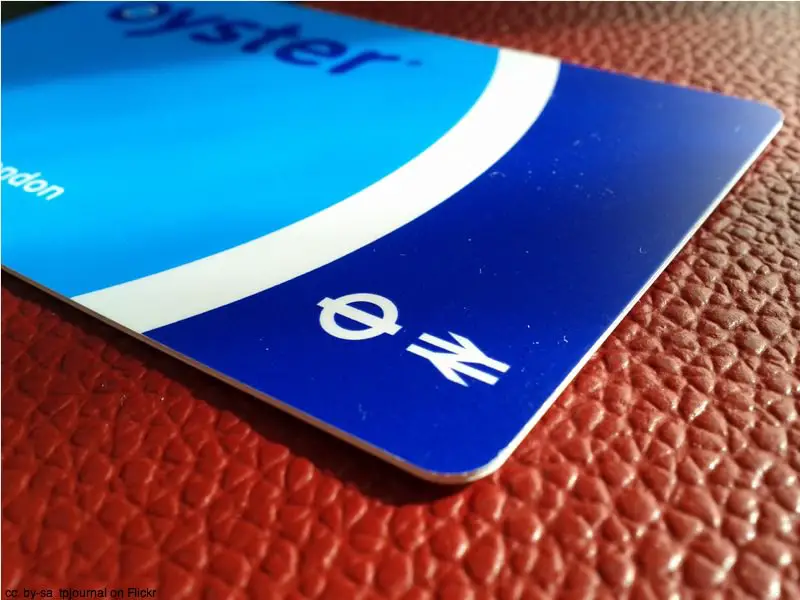
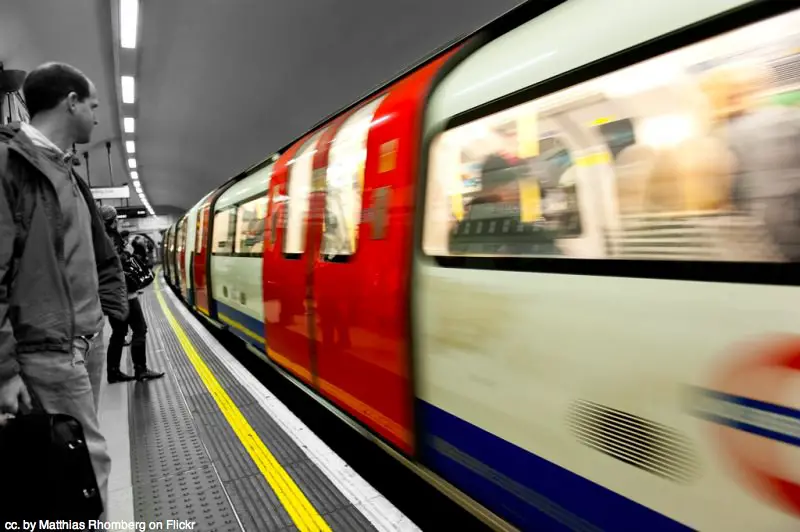
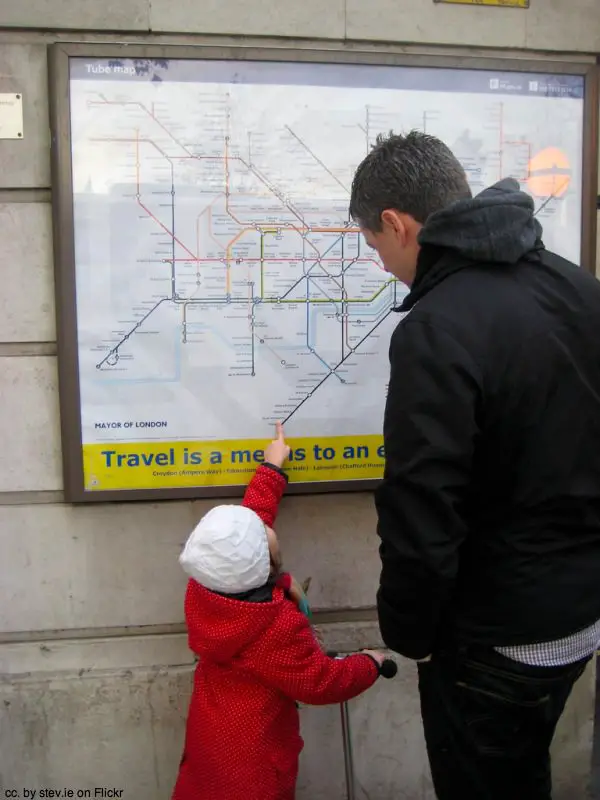
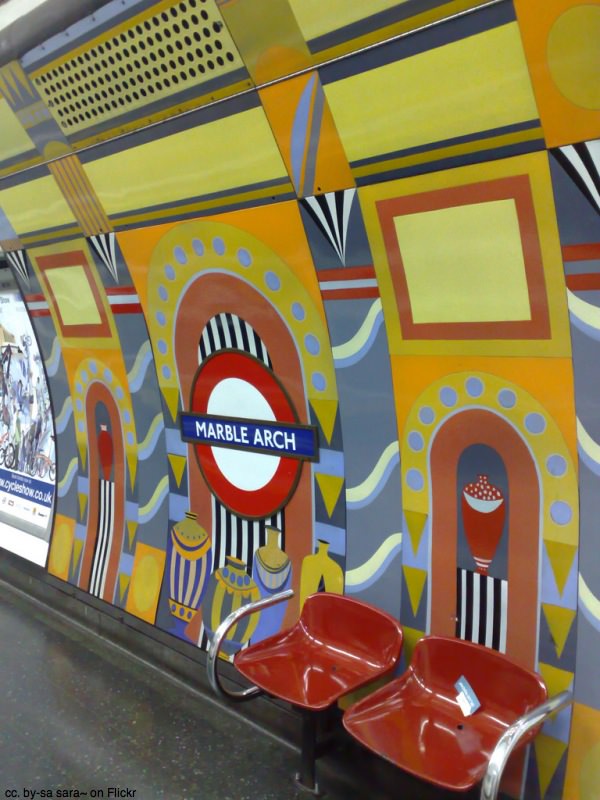

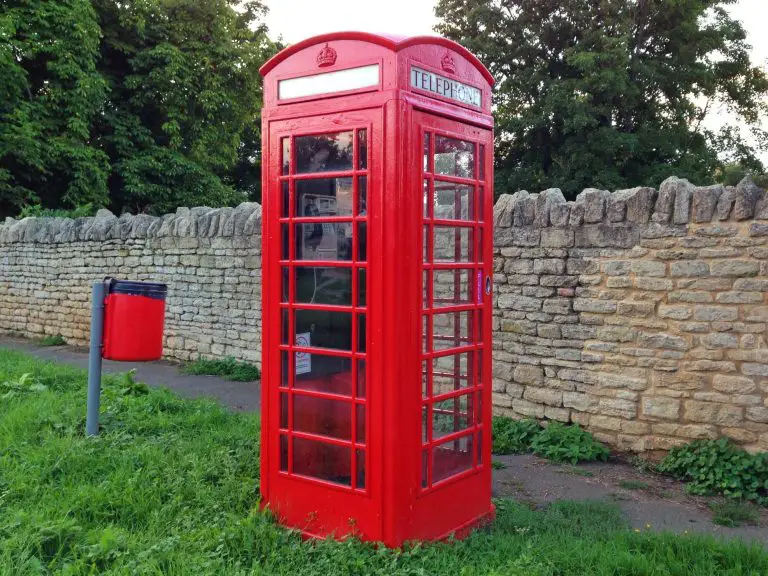

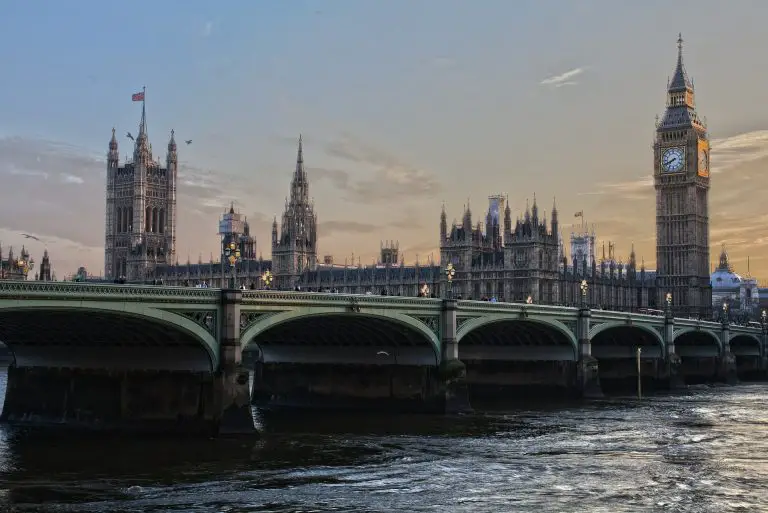
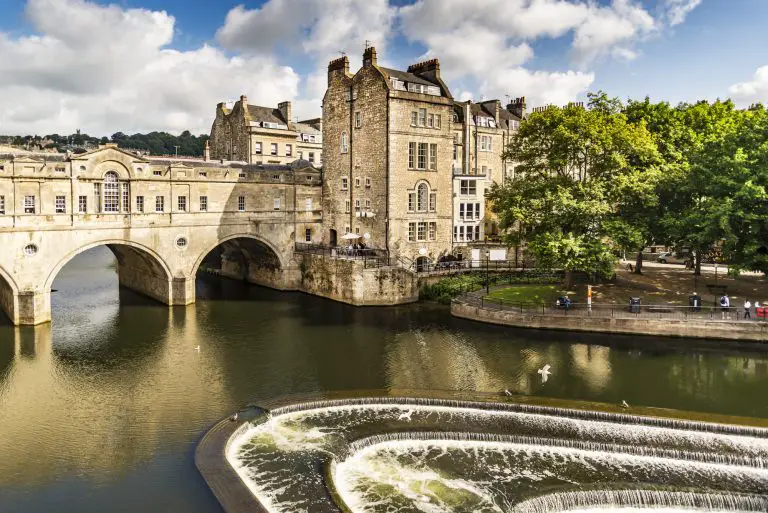
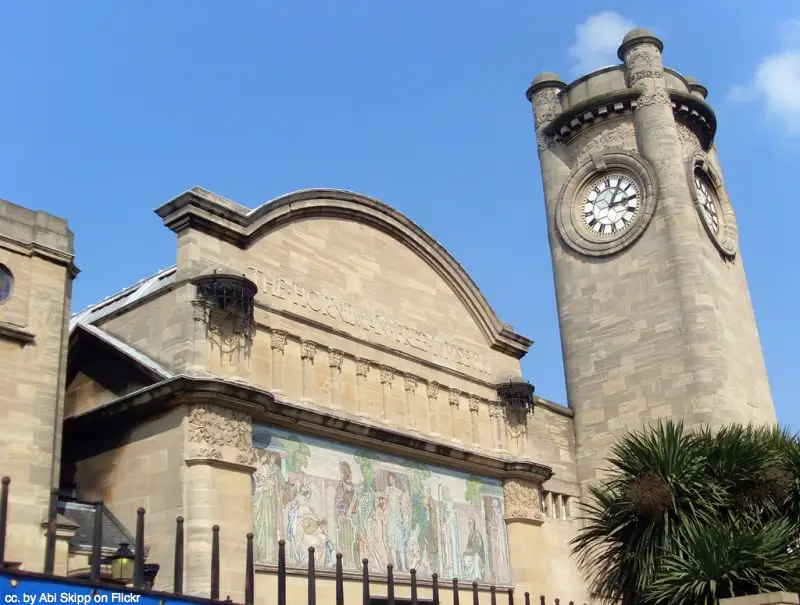
In London when walking, always give way. If you want to pass someone, go behind, Not In Front – that way you’ll avoid crashing into someone, a very dangerous thing to do down the Tube and is often the reason why someone falls down onto the tracks (Twaks).
And remember, it’s Choob and not Tube
Awite?